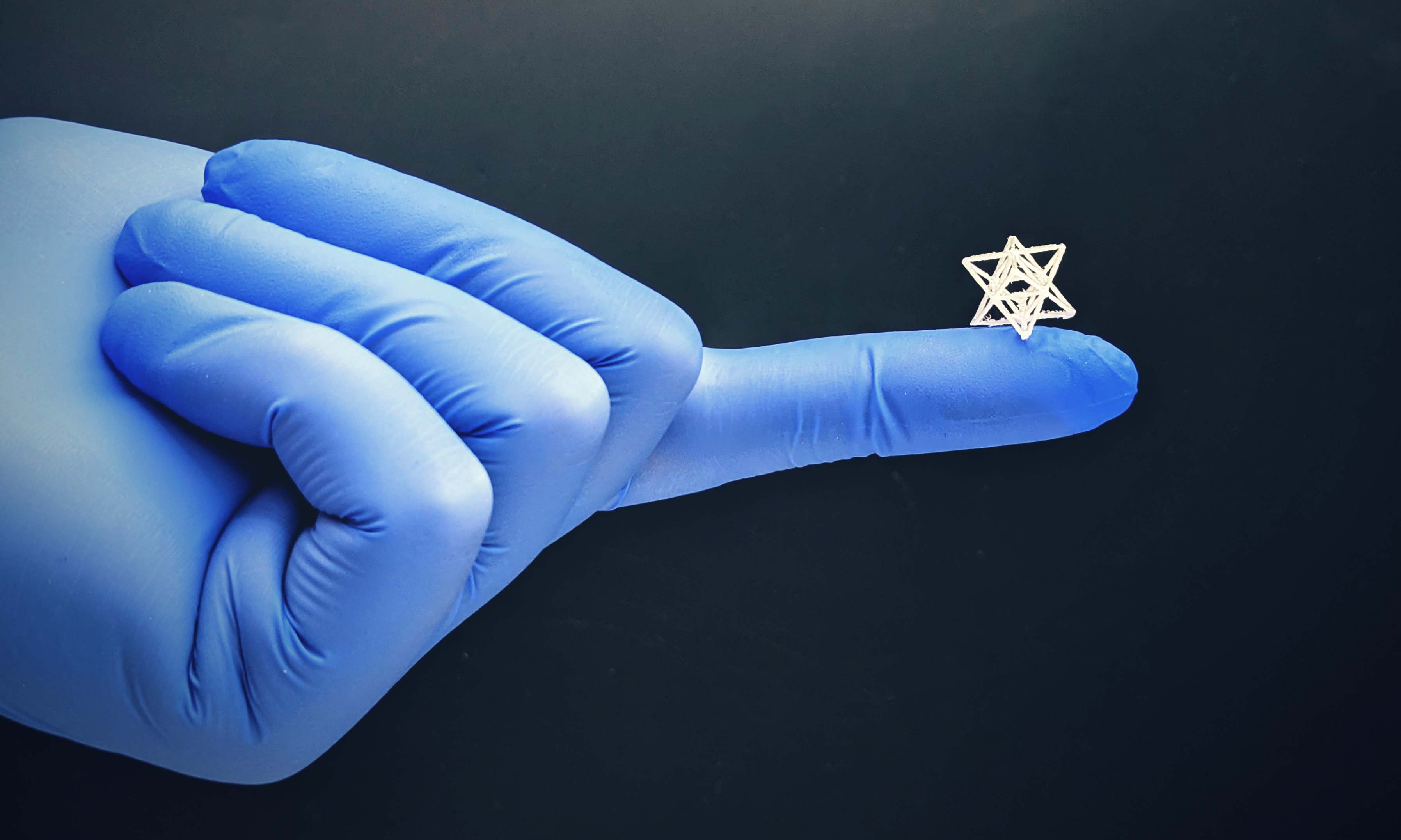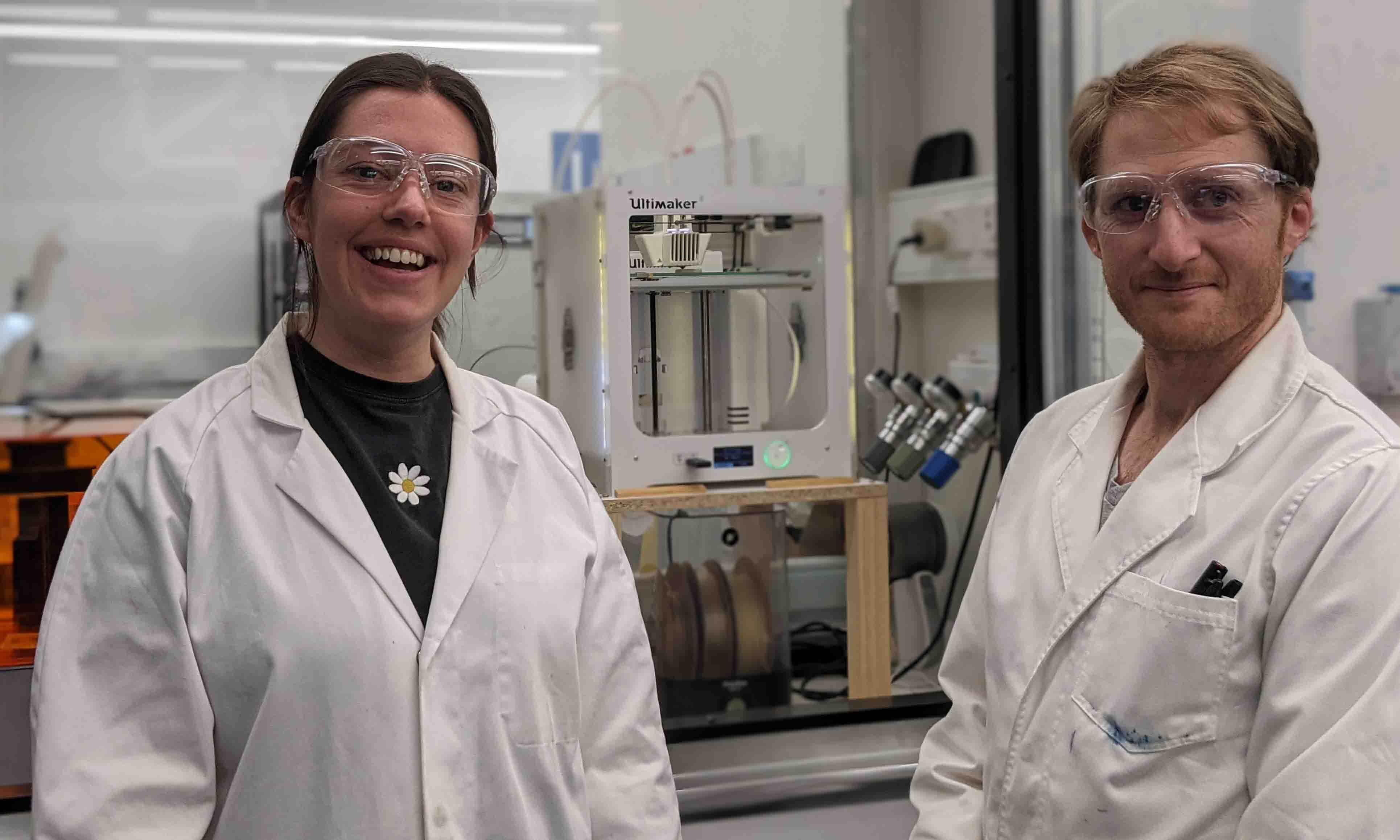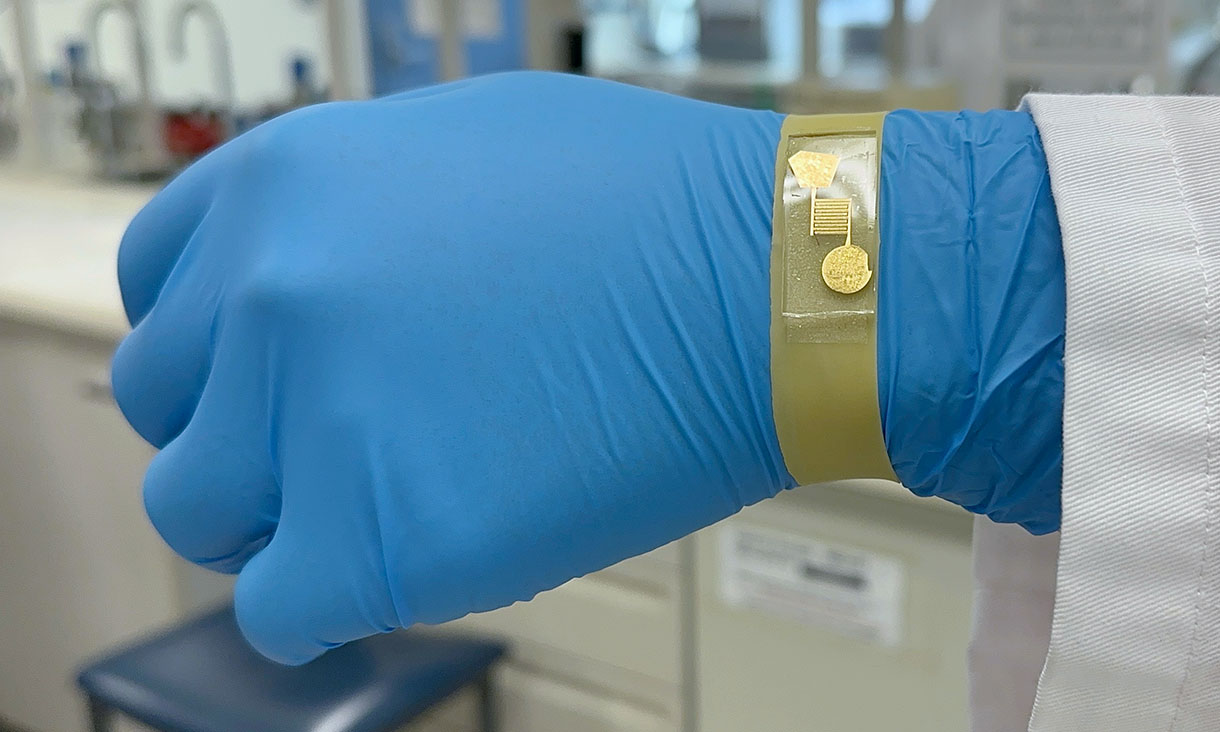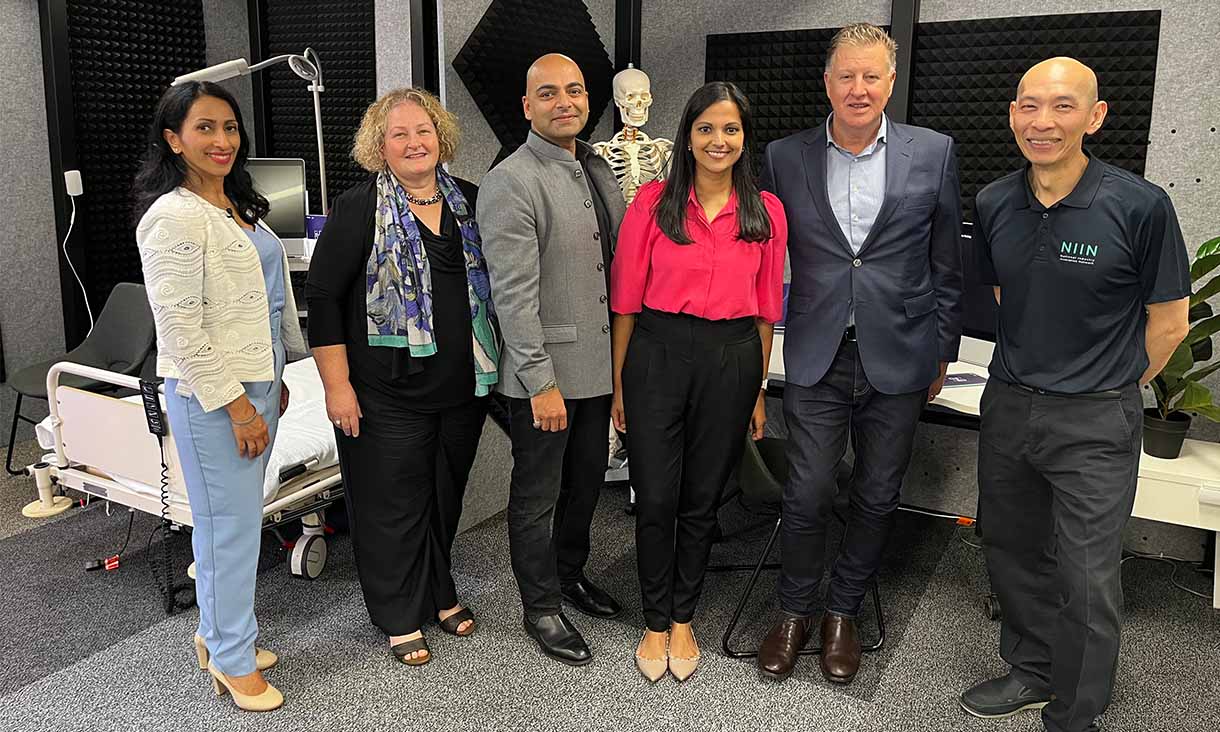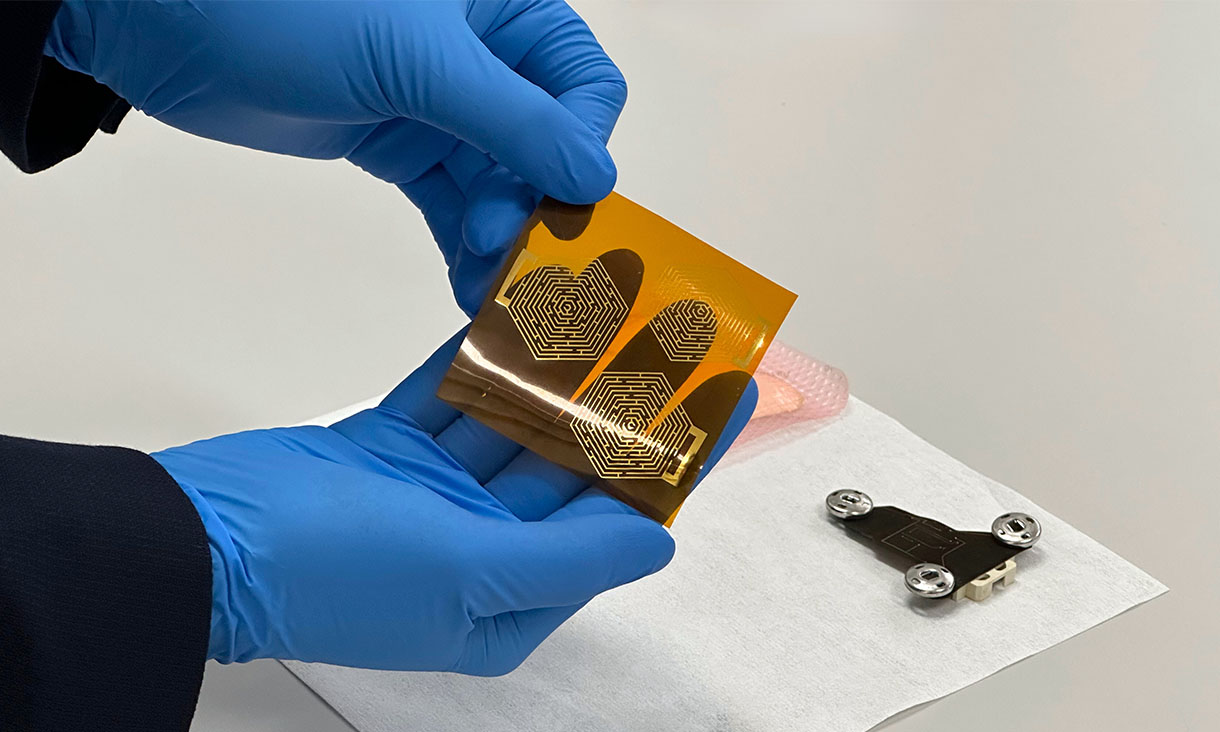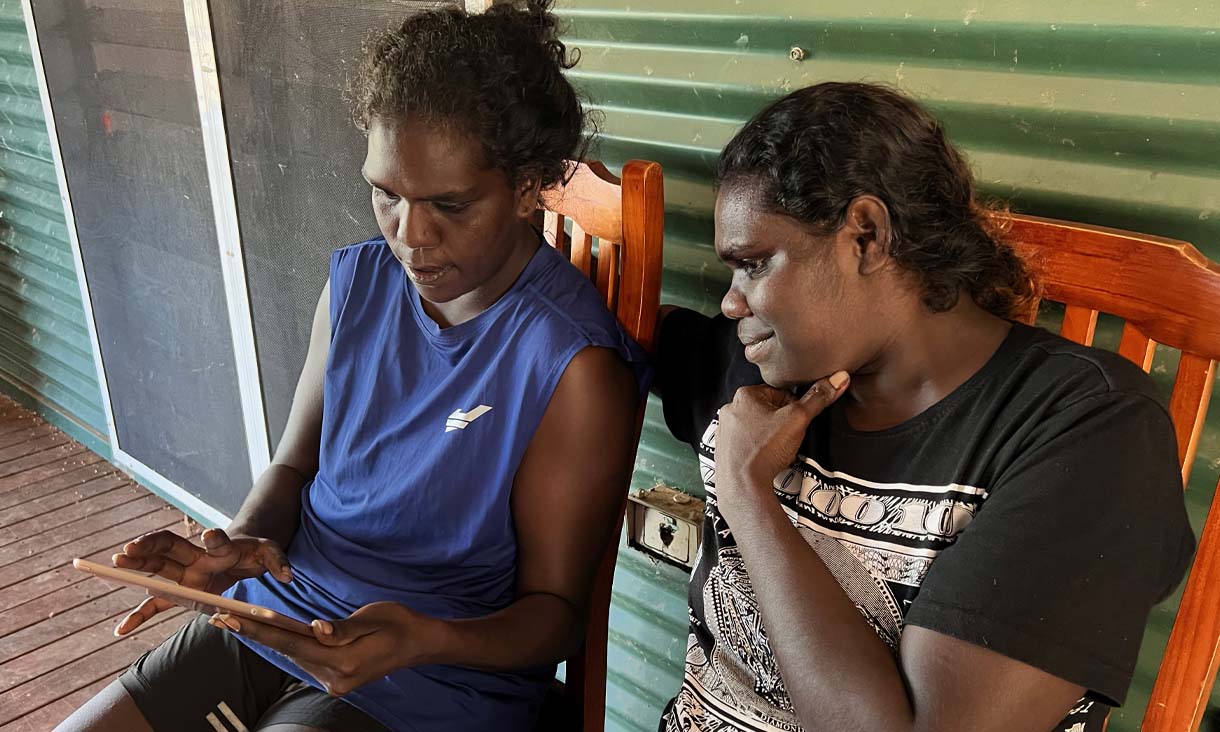Di Bella said clinicians, like surgeons, are used to applying their manual skills, as well as technical tools, to “fix” a problem within the body.
“Bioengineering technologies can significantly increase the armoury of options available to clinicians and offer the possibility to address problems never solved before, as well as to give personalised, patient-specific, solutions.
“This is an incredible step forward in medicine and one that excites patients and clinicians alike.”
Future treatment toolkit
Currently there are few treatment options for people who lose a significant amount of bone or tissue due to illness or injury, making amputation or metal implants to fill a gap common outcomes.
While a few clinical trials of tissue engineering have been conducted around the world, key bioengineering challenges still need to be addressed for 3D bioprinting technology to become a standard part of a surgeon’s toolkit.
In orthopedics, a major sticking point is the development of a bioscaffold that works across both bone and cartilage.
“Our new method is so precise we’re creating specialised bone and cartilage-growing microstructures in a single bioscaffold,” O’Connell said.
“It's the surgical ideal - one integrated scaffold that can support both types of cells, to better replicate the way the body works.”
Tests with human cells have shown bioscaffolds built using the new method are safe and non-toxic.
The next steps for the researchers will be testing designs to optimise cell regeneration and investigating the impact on cell regrowth of different combinations of biocompatible materials.
Step-by-step: How to reverse print a bioscaffold
The new method – which researchers have dubbed Negative Embodied Sacrificial Template 3D (NEST3D) printing – uses simple PVA glue as the basis for the 3D printed mould.
Once the biocompatible material injected into the mould has set, the entire structure is placed in water to dissolve the glue, leaving just the cell-nurturing bioscaffold.
Study first author, PhD researcher Stephanie Doyle, said the method enabled researchers to rapidly test combinations of materials to identify those most effective for cell growth.
“The advantage of our advanced injection moulding technique is its versatility,” Doyle said.
“We can produce dozens of trial bioscaffolds in a range of materials - from biodegradable polymers to hydrogels, silicones and ceramics - without the need for rigorous optimisation or specialist equipment.
“We’re able to produce 3D structures that can be just 200 microns across, the width of 4 human hairs, and with complexity that rivals that achievable by light-based fabrication techniques.
“It could be a massive accelerator for biofabrication and tissue engineering research.”
